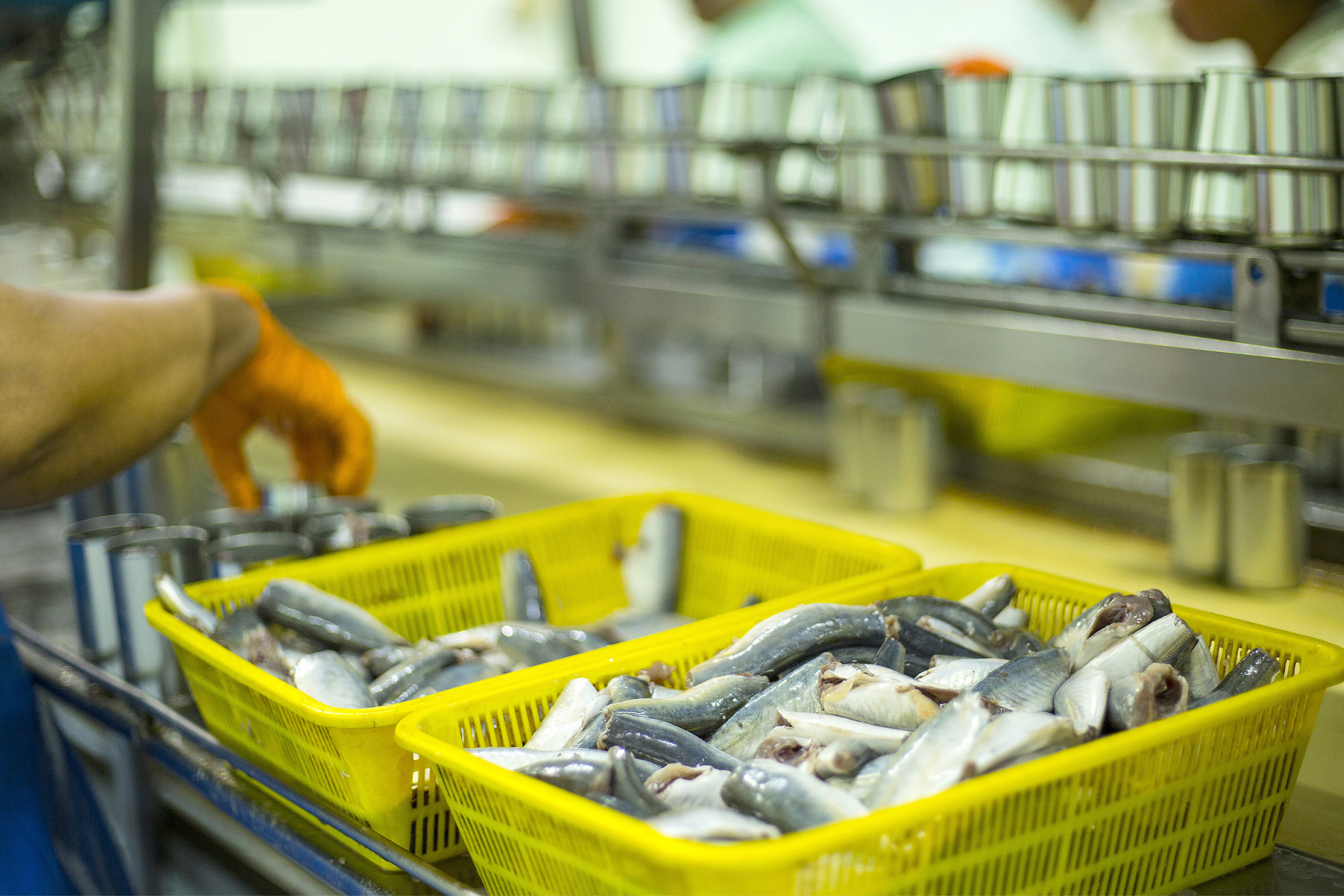
Latest information

Anfaco-Cecopesca believes in technology in the food sector
Anfaco-Cecopesca is an association of canning companies with over 100 years of experience. For more than three decades, the group has been branching out its activity, achieving growth and creating its own technology centre, focusing on three lines of action: technical assistance, laboratories and R&D.
In the technology sector, they work in four main lines of research: aquaculture and marine resources, sustainability and the circular economy, biotechnology, nutrition and health, and digitalisation and Industry 4.0. The latter is focused on five pillars of action within the field-marine-food sector: automation and robotics, artificial vision and advanced processing, chemical imaging via hyperspectral vision systems, process engineering and improved competitiveness, digital twin and augmented reality.
Anfaco-Cecopesca's R&D activity focuses on the application of technologies to the peculiarities of the field-sea-food sector and on specific developments -such as hyperspectral data applied to the primary sector industry, this being, in addition, the company's distinguishing feature.
The sector's greatest difficulty in taking advantage of Industry 4.0 technology lies in the heterogeneous nature of the raw material. To give an example: no two sardines are the same. This makes the work difficult as it is not possible to apply commercial solutions from other sectors, such as the automotive sector, where technology is a driving force.
Thus, hyperspectral technology, present in many of the company's projects, is particularly useful for finding out what the production units are and how they are made up. What is achieved are images with more layers, and therefore more information, which allows for qualitative and quantitative analysis of what goes through the production line.
One such project is an online nutritional analysis system for cooked tuna using hyperspectral vision through advanced sensor applications. Using the hyperspectral camera, they obtain a more comprehensive analysis and more information about the product, they can measure the moisture and fat level of a tuna, for example, and obtain an immediate nutritional analysis, which can have multiple applications.
Another of the projects they are working on is NutriGen 4.0, financed by the Xunta de Galicia through the Galician Innovation Agency (Gain), and in which Hyphae da Terra also participates. It has recently received an award for digitalisation, recognising this project as one of the 100 best ideas in the world. NutriGen 4.0 proposes innovative solutions for obtaining nutraceuticals from medicinal mushrooms. The overall objective is to monitor, simulate and predict a biotechnological process using advanced calculation and modelling tools.
Anfaco's R&D is not limited to seafood products, but extends to the entire food sector in general and in a transversal way, with studies underway even on animal fodder where they obtain the characteristics of the mixture of livestock feed, such as texture, homogeneity and nutritional components. Another project is HI-Bio 4.0 on fermented beverages to analyse the raw material at different stages of the production process or the HSI Food project in which they studied bakery products, with more than 930 samples.
They are currently working with Emenasa Industria to take the equipment out of the laboratories and bring it to a production plant. Together with them, of which they are technological partners, they have just launched the first 4.0 spectral inspection machine to characterise the production in real time of cooked, tempered tuna and obtain data on moisture and fat.
Along the same lines, they are also working on the European project SpecTuna, a robot that shreds frozen raw tuna. The system identifies fat, moisture, protein and salt in real time. It is a pilot project that allows many applications for sorting the product among which, to create a range of premium products.